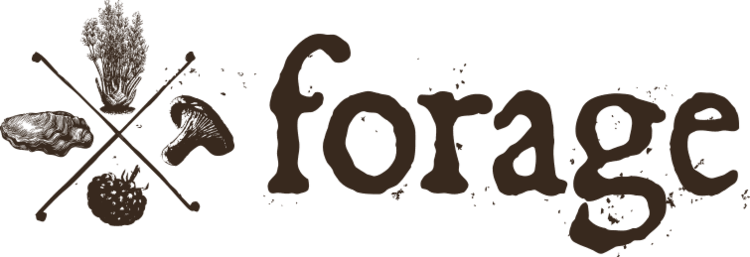Foraging in Folsom: Discovering California’s Native Plants
Folsom, tucked along the American River in Northern California, is known for its historical sites and beautiful landscapes, but it's also a great spot for foraging. The area's diverse environments—oak woodlands, riverbanks, and meadows—make it a prime place to find edible wild plants. Foraging here connects you to the natural world and the deep cultural roots of the region.
Exploring Folsom’s Unique Habitats
With a mix of oak savannas, grasslands, and riverside areas, Folsom offers foragers a little bit of everything. Thanks to the Mediterranean climate, where summers are dry and hot and winters mild and wet, you’ll find different plants thriving throughout the year.
Spring and summer are full of fresh greens and herbs, while fall and winter bring nuts, roots, and heartier greens. Each season brings its own unique harvest, so knowing the rhythms of the local habitats can make your foraging trips even more rewarding.
Tasty Greens and Native Plants
One of the highlights of foraging in Folsom is the abundance of edible greens and herbs. Miner’s lettuce (Claytonia perfoliata), with its mild, juicy leaves, is perfect for salads or soups in early spring. You’ll also find wild mustard (Brassica spp.), which grows in open spaces and adds a spicy kick to dishes.
Folsom is also home to California sagebrush (Artemisia californica), a fragrant plant often used in teas or as a seasoning. The smell alone reminds you of the deep connection this plant has to the area’s indigenous traditions.
Nuts, Fruits, and the Seasonal Harvest
As fall approaches, foragers in Folsom turn their attention to gathering nuts and fruits. Acorns from the area’s oak trees have been an essential food source for the local Nisenan people for generations. Acorns can be processed into flour or used in stews, making them a valuable foraged item.
California walnuts (Juglans californica) are another tasty fall treat. These rich, flavorful nuts are great for baking or cooking and add depth to all kinds of dishes.
You might also come across prickly pear (Opuntia spp.). Its sweet fruit can be eaten fresh or used to make jams, while the prickly pear pads, known as nopales, are perfect grilled or sautéed.
Honoring Indigenous Practices
The Nisenan people, who have lived in the Folsom area for thousands of years, have a deep connection to the land and its seasonal rhythms. They’ve been foraging acorns, wild seeds, and roots for generations, and their knowledge of the local plants is invaluable. Many modern foragers draw on these traditions, blending them with contemporary practices while respecting the land.
Foraging Sustainably
When foraging in Folsom, it’s important to be mindful of the environment. Here are a few simple guidelines:
Only take what you need and leave enough for the plants to regenerate.
Be respectful of wildlife and their habitats, and stay aware of any protected species or areas.
Stay informed about local regulations to help protect the land for future generations.
By following these principles, foragers can enjoy Folsom’s natural bounty while helping preserve the area’s beauty and ecological balance.
Connecting to Folsom’s Natural World
Foraging in Folsom is a great way to explore California’s native plants while connecting with the region’s cultural heritage. From miner’s lettuce to acorns and walnuts, there’s so much to discover. By honoring the traditional practices of the Nisenan people and foraging responsibly, you can deepen your connection to the land and enjoy all that Folsom has to offer.






